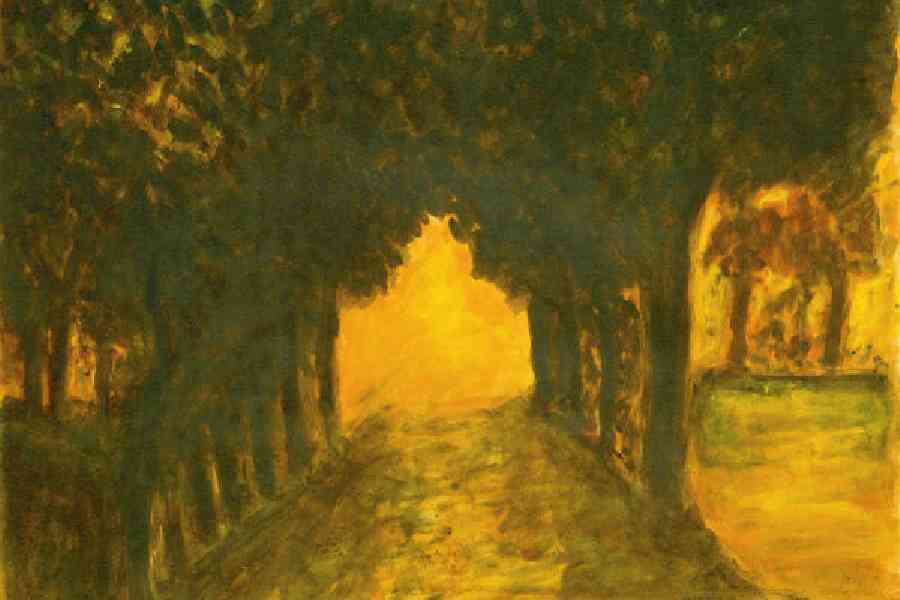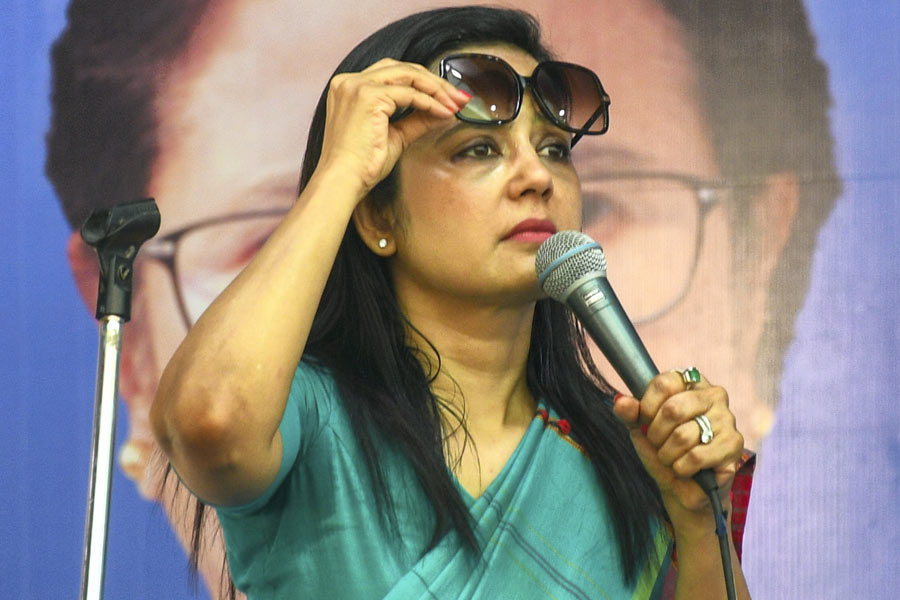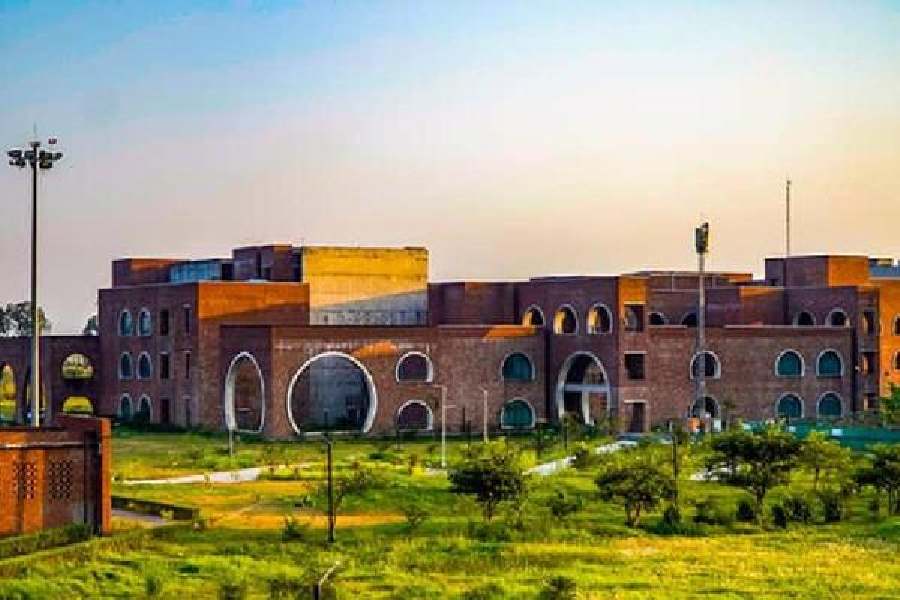Book name- PLANT THINKERS OF TWENTIETH-CENTURY BENGAL
Author- Sumana Roy
Published by- Oxford
Price- Rs 995
Sumana Roy’s book can be fruitfully read as the second part of a diptych, the first being her much-celebrated, genre-bending How I Became a Tree (2017) in which she explored what it means to be human in the natural world. Plant Thinkers continues that exploration, albeit in a different vein, focusing on thinkers (mostly writers) spanning the last century from the region of India she comes from: Bengal. The seven chapters of the book — on Jagadish Chandra Bose, Rabindranath Tagore, Bibhutibhushan Bandyopadhyay, Jibanananda Das, Shakti Chattopadhyay, Satyajit Ray and Anonymous, respectively — are like seven notes, constituting a new scale of understanding of plants: their role in the natural order of things and their relationship with humans.
There are certain similarities in the thinkers Roy chooses for her study: they all had family connections with the Brahmo Samaj (thus absorbing its Upanishadic belief in the oneness of all sentient beings) and lost a parent at an early age. But most importantly, they all responded “to the depletion of plant life” — which is what, Roy argues, distinguished Bengali modernism — and in the process, “created a plant poetics that secretly changed the way a people would imagine and live with plants”. This has been “unnoticed” till now, she laments; her book is a conscious attempt to change that.
The foremost plant thinker of 20th-century Bengal was, of course, J.C. Bose. Roy highlights his struggle with what he called the ‘caste system’ in the sciences — “a physicist trying to work in the botanical sciences”. One of the chief accomplishments of this “amphibious life” of his was a plant script — or ‘torulipi’ — that he developed, convinced that “to know about plant life we must go to the plants themselves”. This script, enabled by highly sensitive scientific instruments, was to be “based on a record of a plant’s responses to different kinds of stimuli”. The results of some of his experiments in this regard, in his own words, are quoted at length from his collected works.
Tagore, Bose’s closest friend, was obsessed about gardens. Roy begins his chapter with a detailed account of two books on plant life in his abode of peace by those who had lived there: Trees of Santiniketan by Satyendra Kumar Basu; and Uttarayaner Bagan O Gachhpala (The Trees and Gardens of Uttarayan) by Debiprasanna Chattopadhyay. And she ends it with a discussion on the role of garden spaces in three of his novellas — Nashtaneer (The Broken Nest), Dui Bon (The Two Sisters), and Malancha (The Arbour) — where they become a site of extramarital relationships. But the most telling takeaway is the reminder that there was a history to Rabindranath’s fascination for gardens: from the garden of his sister-in-law, Kadambari, in Jorasanko to Anna Tarkhare’s in Ahmedabad to the rose garden in his own Shilaidaha (among others).
Startling comparisons and refreshingly new interpretations are strewn all over the book: thus, a discussion of Shakti Chattopadhyay’s poems brings in a comparison with Nandalal Bose’s Picnic on River Bank; and “Banalata Sen” is read “as an early manifestation of climate change fatigue, of a life of plant deprivation”.
J.C. Bose is not the only botanist we encounter in Plant Thinkers. In the chapter on Satyajit Ray, Roy notes the recurring figure of the botanist in his stories and discusses three of them — “The Hungry Septopus”, “Shobuj Manush”, and “Kagtaruya” (Scarecrow), the conclusion being, “his relationship with nature was one that came from a place of suspicion”. Bibhutibhushan’s chapter is one of the most vivid, where the literary critic in Roy takes over — with close readings of texts, especially Aranyak and Pather Panchali. The close readings continue with the poets: “Rupashi Bangla” is at the heart of Roy’s engagement with Jibanananda; while with Shakti, her attention is almost equally divided between his life and his poems.
The most delightful section of the book comes last, with the only non-canonical thinker in the volume — Anonymous — or Maya-Mashi; a Bangladeshi refugee who worked as a domestic help in Roy’s home in Siliguri in her growing up years and expressed herself tirelessly in botanical idioms and proverbs.
One of the most striking features of Plant Thinkers is Roy’s extensive translations of generously quoted passages from a wide variety of sources in all the genres that the writers discussed wrote in. Poetry, understandably, features in it, too. In one, Jibanananda’s “After Twenty Years”, the fear that vegetation may vanish in the future — something we have heard before (notably by the protagonist of Aranyak) — recurs: "If twenty years from now I should meet her again
Again, twenty years hence —
Perhaps beside a clump of paddy stalks
In late October —
As the evening crows head home — as the tawny river
Softens in amongst reeds and grasses — through fields.
Or, perhaps there is no longer paddy standing in fields.
No more hustle, no more hurry."
Such a reality might indeed become ours.










